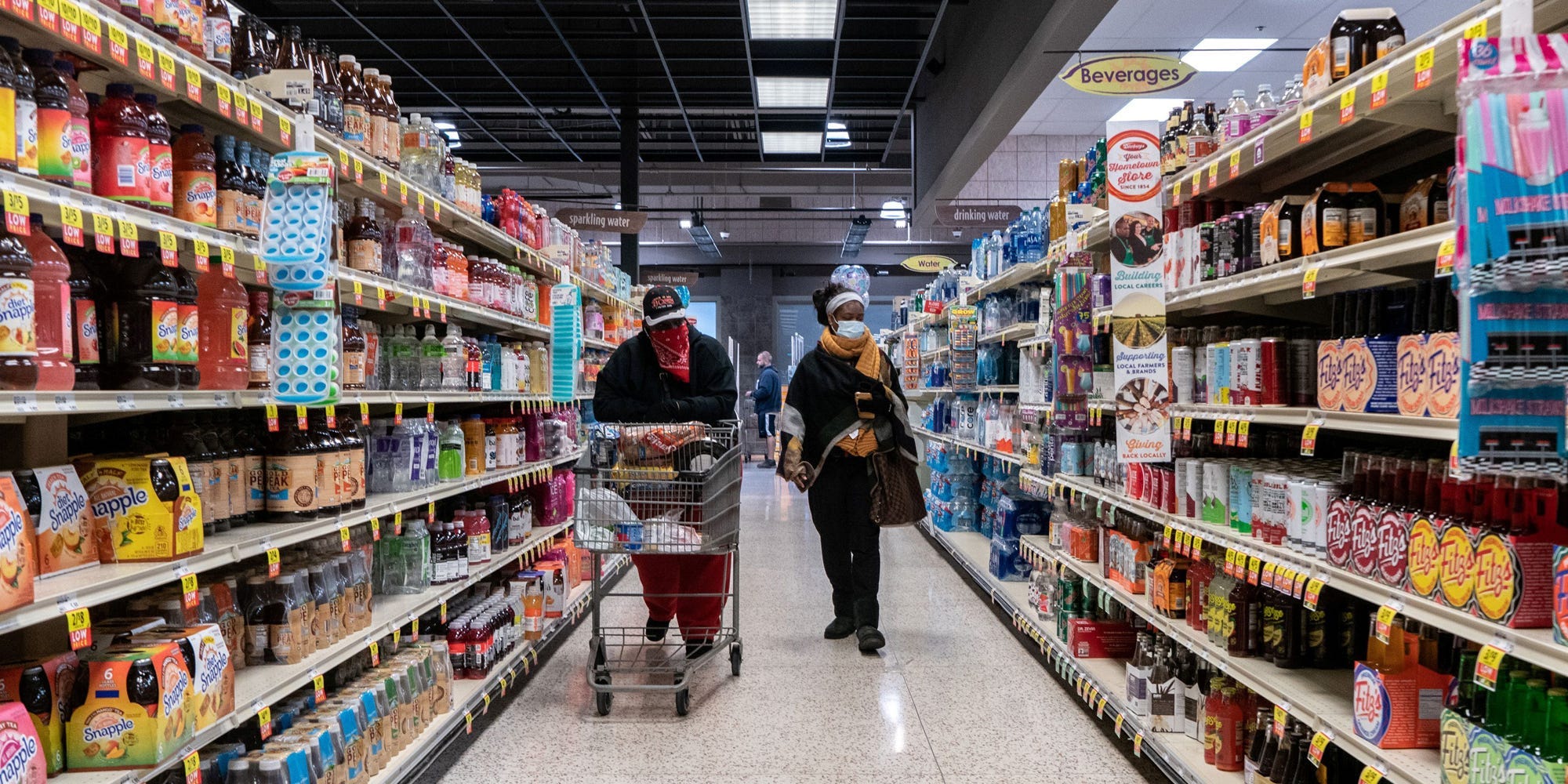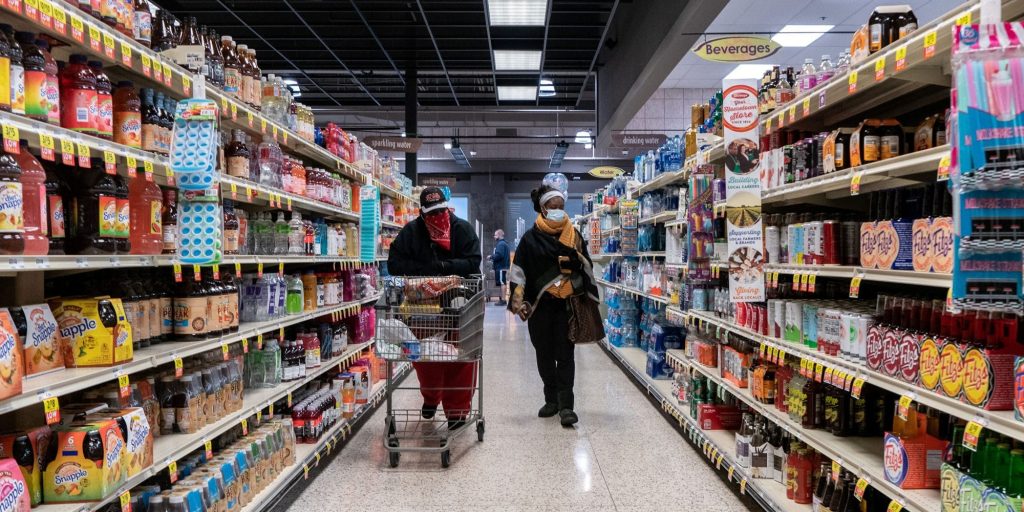
Lawrence Bryant/Reuters
- Inflation is running at its fastest rate since 1990. Yet the breadth of stronger price growth is even more frightening.
- Prices rose faster in October across almost every category tracked by the Labor Department.
- The Wednesday report could be a sign that the White House is wrong and inflation will stay persistently high.
Inflation is real.
Prices just grew at the fastest annual rate in 30 years, in the October inflation report. And that's not even the most worrying thing.
The Consumer Price Index rose 0.9% in October, exceeding the median forecast for a 0.6% leap and marking the largest one-month price surge since 2008. But on a year-over-year basis, the inflation measure climbed 6.2%, the largest such jump since 1990.
Hot inflation prints aren't new; price surges have been a defining characteristic of the reopening. Yet the October CPI report shows inflation that's not just fueled by a handful of categories, but by accelerating price growth in nearly every corner of the economy.
The CPI measure is made up of various groups of goods and services. Monthly reports typically see prices in some groups climb while others decline. But October's report showed prices rising in all but one category. When prices rise for almost every good in the economy, it's the kind of thing that sets off alarm bells.
One month of strong inflation won't topple the US economy, but the October report hints at how the country could enter an inflationary spiral.
The October read is also a marked change from other alarming inflation reports earlier this year. June saw a similar 0.9% monthly spike in prices, but the bulk of the increase in the overall index came from a wild double-digit increase in the price of used cars. October's report, on the other hand, can't be chalked up to a handful of outliers. Inflation isn't just accelerating, it's broadening.
Energy costs drove the bulk of the increase. Fuel oil prices soared 12.3% through the month. Gasoline and utility gas prices rose 6.1% and 6.6%, respectively.
Used vehicle prices rebounded 2.5% in October after declining in the two previous months. Apparel was the only category to see prices stay flat, but that still marked a pick-up from the 1.1% drop seen in September.
It's too early to tell if the CPI read is an outlier or a harbinger of economic catastrophe to come. But with prices soaring across the board, the odds of persistently high inflation are rising.
How higher inflation can become permanent
If high inflation is scary, persistently high inflation is a nightmare. Somewhat linked to inflation expectations, this means that businesses raise prices when they expect prices to climb. This can spark a vicious cycle. Workers then demand higher wages to offset higher prices, and it shows up in economic data that prompt businesses to hike prices again.
Ending such a spiral can be done, but it's painful. The US curbed massive inflation in the 1980s, but only with sky-high interest rates that plunged the country into another economic downturn.
October data is the first possible sign of such an inflation spiral materializing. Not only are prices rising faster in nearly all categories, but Americans are bracing for even stronger inflation. The median one-year expected inflation rate rose to 5.7% from 5.3% in October, according to a survey from the Federal Reserve Bank of New York. That's the highest level since at least 2013, when the Fed's survey began.
The latest report also cuts into the mainstream argument that higher inflation will be transitory. The Biden administration and the Federal Reserve reiterated the outlook earlier in November, arguing price growth would cool once the global supply-chain crisis abates. Yet inflation has already exceeded the government's initial forecasts, and the October report reveals just how fragile the transitory thesis is.
To be sure, the economy is still far from normal. A global energy crunch and dire supply shortages are behind much of the recent price surges, and if both can be solved, inflation will likely ease.
It's not yet time to panic. But it may be time to start getting a little scared.
